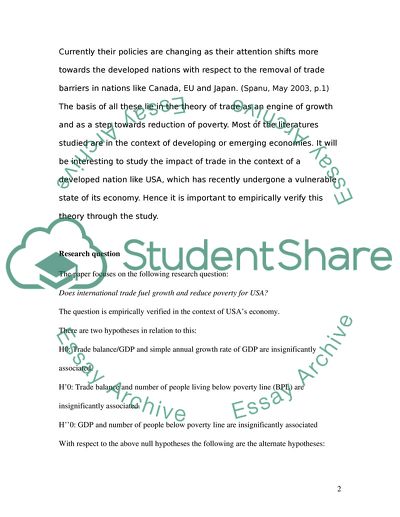Cite this document
(International Trade, Economic Growth and Poverty Reduction Research Proposal, n.d.)
International Trade, Economic Growth and Poverty Reduction Research Proposal. https://studentshare.org/macro-microeconomics/1568513-international-trade
International Trade, Economic Growth and Poverty Reduction Research Proposal. https://studentshare.org/macro-microeconomics/1568513-international-trade
(International Trade, Economic Growth and Poverty Reduction Research Proposal)
International Trade, Economic Growth and Poverty Reduction Research Proposal. https://studentshare.org/macro-microeconomics/1568513-international-trade.
International Trade, Economic Growth and Poverty Reduction Research Proposal. https://studentshare.org/macro-microeconomics/1568513-international-trade.
“International Trade, Economic Growth and Poverty Reduction Research Proposal”. https://studentshare.org/macro-microeconomics/1568513-international-trade.


